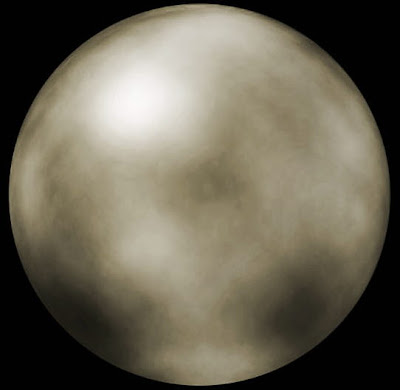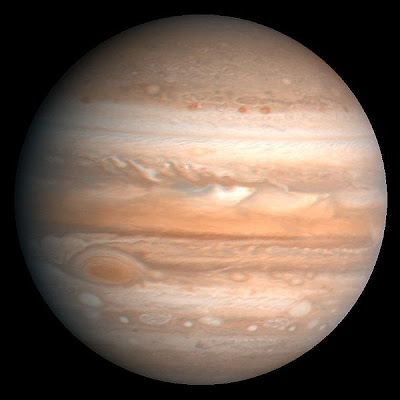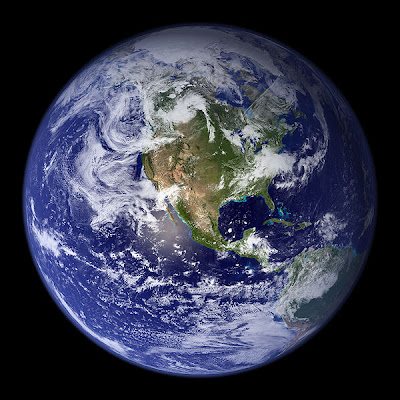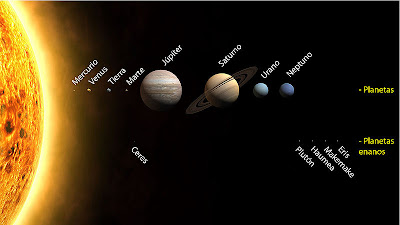Translational and rotational movements / Movimientos de traslación y rotación
The Earth takes 23 hours 56 minutes exactly to turn fully around its axis, which passes through the poles, in west-east direction and in the opposite direction of clockwise. This is called rotation. In addition, this move gives us the feeling that the sky is swirling around our planet.The translational motion is an important movement of the earth, by which our planet moves around the Sun, driven by gravitation, in a time of 365 days, 5 hours and 57 minutes, which is the actual length of the year.The axis of rotation of the Earth is always pointing to an inclined direction. So when in its orbit around the Sun's north pole points toward the Sun, the northern hemisphere receives more heat, while in the Southern hemisphere we get some cold. Below you'll find a fun and short video that explains everything you need on the subject, I hope you like it. _________________ La Tierra tarda 23 h 56 minutos exactamente en dar una vuelta completa alrededor de su propio eje, que pasa












